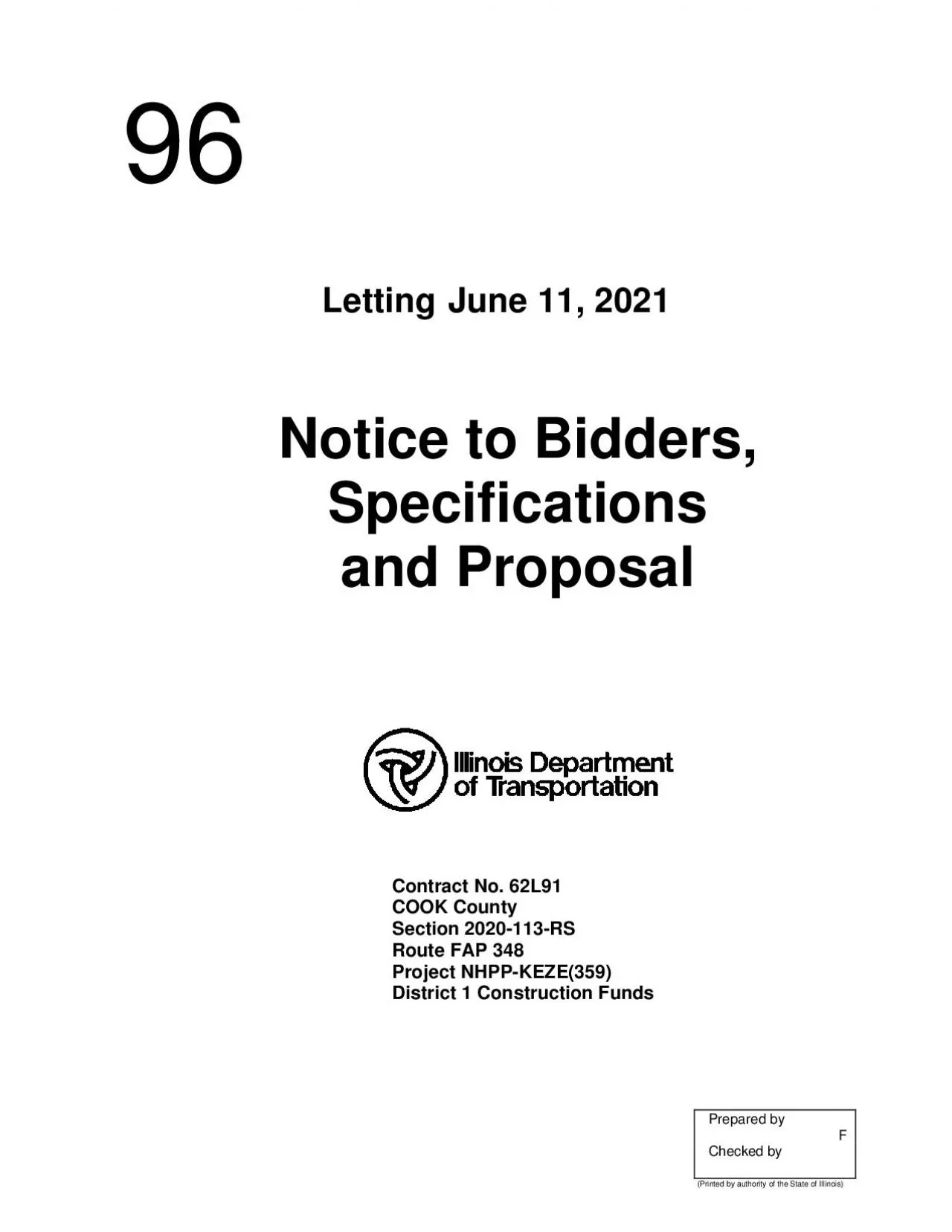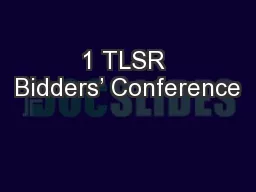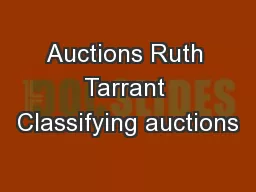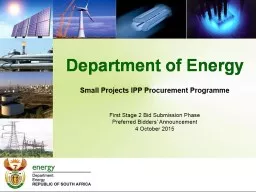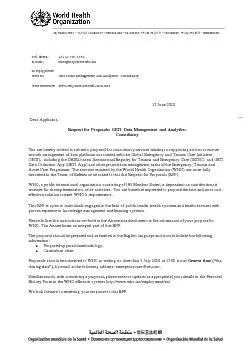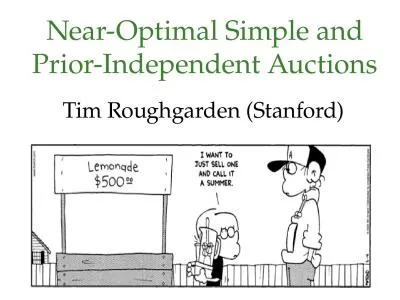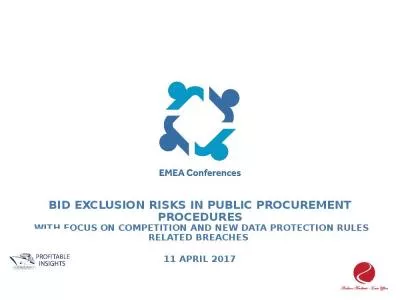PDF-Letting June 11 2021Notice to Bidders Specifications and Proposal
Author : jordyn | Published Date : 2021-09-07
Prepared by F Checked by Printed by authority of the State of Illinois 96NOTICE TO BIDDERS1 TIME AND PLACE OF OPENING BIDS Electronic bids are to be submitted to
Presentation Embed Code
Download Presentation
Download Presentation The PPT/PDF document "Letting June 11 2021Notice to Bidders Sp..." is the property of its rightful owner. Permission is granted to download and print the materials on this website for personal, non-commercial use only, and to display it on your personal computer provided you do not modify the materials and that you retain all copyright notices contained in the materials. By downloading content from our website, you accept the terms of this agreement.
Letting June 11 2021Notice to Bidders Specifications and Proposal: Transcript
Download Rules Of Document
"Letting June 11 2021Notice to Bidders Specifications and Proposal"The content belongs to its owner. You may download and print it for personal use, without modification, and keep all copyright notices. By downloading, you agree to these terms.
Related Documents

